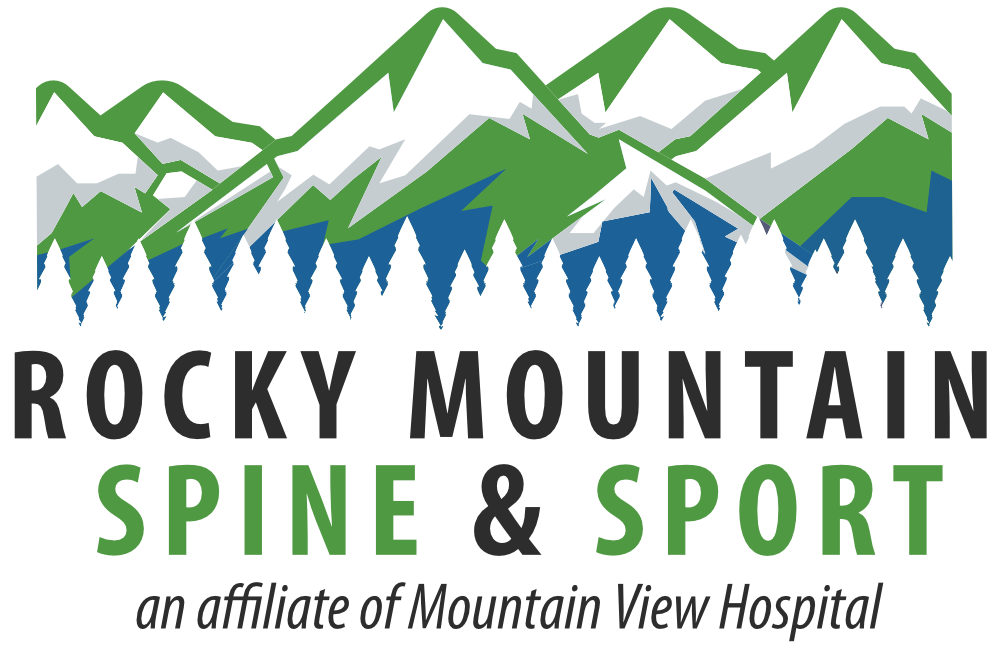Muscle Spasms/Cramps: Why and How to Deal with a Pesky Problem
I often get questions about muscle spasms/cramps. While everyone is at risk for muscle spasms at any time, they are more common in the warmer months.
What is a muscle spasm/cramp?
Definitions may vary but the general thought is that it represents a sudden and involuntary contraction of one or more of your muscles. This condition is generally considered harmless. However, it can affect muscle use while present (ie while the muscle is cramping/spasming). Also, it can have an extended duration and be very painful. The human body has 3 types of muscle---skeletal, smooth and cardiac. This discussion will only cover the issues involving only skeletal muscle. There are several hypothesized causes of muscle cramps including but not limited to: dehydration, mineral/electrolyte imbalances, long periods of exercises/physical labor, inadequate blood supply, nerve compression and medications. The popular belief has been muscle cramping is caused by dehydration that results in electrolyte imbalances. While this certainly can be an issue, it is not as common as once assumed. Medications that patients take can also be a cause. Some meds can cause electrolyte imbalances and cholesterol-reducing drugs, such as statins are known to cause myalgias (muscle pain). Less- discussed causes are inadequate blood supply as in peripheral vascular disease (hardening of the arteries in your extremeties), and low back issues that cause compression/impingement of the nerves. This impingement causes pain/discomfort that mimics a cramp and also results in poor posture causing increased load on the muscles, therefore working them harder and causing fatigue. Over the years, treatments have varied from stretching, massage, progressive activity, hydration, magnesium, potassium, sodium, quinine, zinc, pickle juice, or decreasing/adjusting or stopping certain medications.
Treatment
Treatment is obviously easier if the cause is known, but often this is not the case. While it is relatively easy to pull blood work or nerve conduction studies (NCS: Tanner please link to EMG on the website), they are not always helpful in pinpointing the true cause. Where stretching, massage, good posture and proper hydration are in essence simple and non-pharmacological approaches, these are the best with which to start. Sodium, potassium, magnesium, calcium and zinc can all be checked with simple blood tests and if they are low supplements can be recommended. There are also blood tests to check for specific medication involvement, but often it comes down to clinical suspicion and adjustment of these medications to see if relief can be found. Inadequate blood supply can be checked with blood tests for anemia and specified vascular tests to check circulation. Low back issues, if suspected, may require an MRI to show narrowing (stenosis). Quinine (either by Rx or in Tonic water) and pickle juice are controversial treatments. Some swear by them, others state they are ineffective. Overall, the general thought is to stay away from quinine in pill form due to the side effects (and in fact it was taken off the market as a medication a few years back). Tonic water containing quinine appears to be safe, but the concentrations are low so efficacy is questioned. There are studies that show pickle juice lessens the duration of a cramp and therefore has been endorsed by some running/marathon sites.
Conclusion
In conclusion, there are many causes of muscle spasms/cramps. This condition tends to be limited, meaning it typically resolves with time and usually does not require medical attention. Treatment is often uncertain due to the transient nature and unknown cause of this condition. My overall recommendation is if you are experiencing muscle spasms/cramps on a consistent basis the best course is to ensure you are eating a good balanced diet, hydrating properly, demonstrating good posture and incorporating activity in a progressive manner(not overdoing it). If the symptoms continue, visit your health professional and they can start looking at other potential causes and treatment options. Resources used were from the following sources: Camp Defense Runner’s Connect WebMD Livestrong Medicine Net Medscape Mayo
